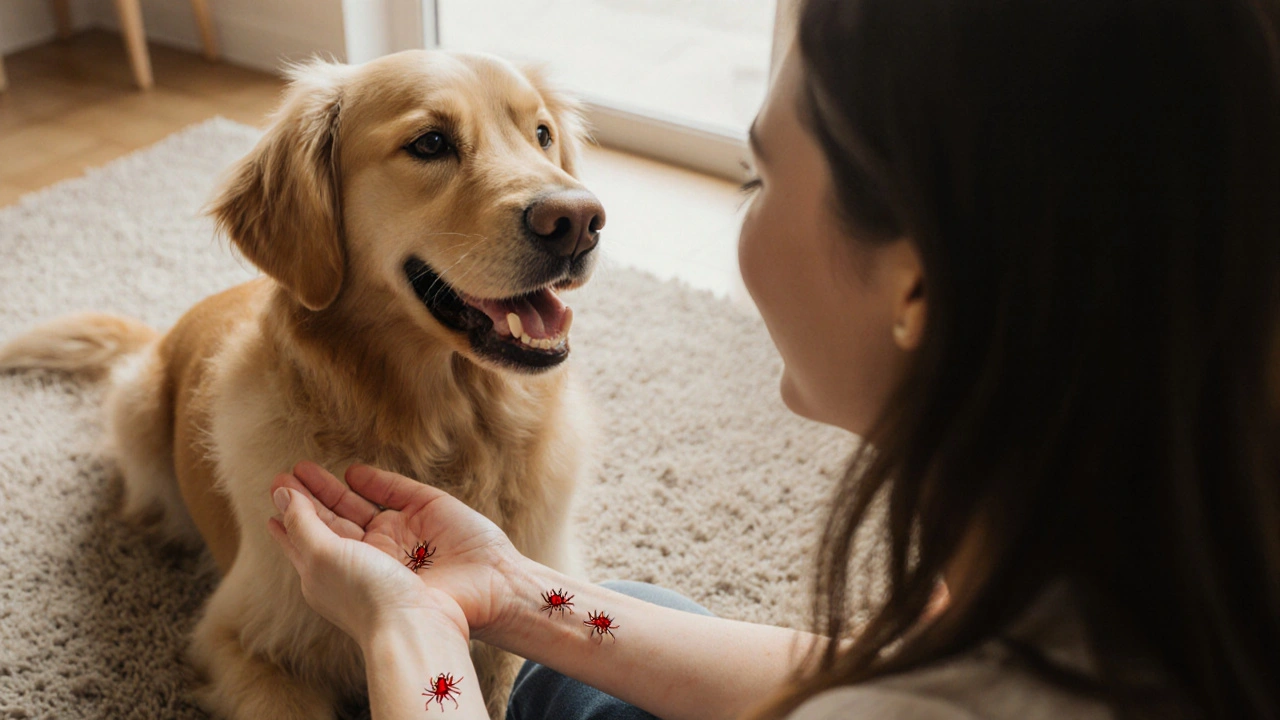Cutaneous Larva Migrans: What It Is, How It Feels, and How to Get Rid of It
Ever walked on a sandy beach and later noticed a creepy, winding line under your skin? That’s probably cutaneous larva migrans (CLM). It’s a skin infection caused by hookworm larvae that can’t finish their life cycle in humans, so they just wander around the top layers of skin, leaving a visible, itchy track.
Common Symptoms and How to Spot Them
The first sign is an itchy red line that moves a few millimeters each day. It often starts as a small bump that turns into a raised, snake‑like trail. The area can feel hot and painful, especially if you scratch it. Most cases appear on bare feet, ankles, or legs—places that touched contaminated soil or sand.
Because the larvae stay near the surface, the rash doesn’t usually cause fever or swelling deeper in the body. However, prolonged scratching can lead to secondary bacterial infection, so it’s best to keep the spot clean.
Fast and Safe Treatment Options
The good news is CLM responds well to a short course of anti‑parasitic pills. Single‑dose ivermectin (200 µg/kg) or a three‑day regimen of albendazole (400 mg daily) clears the infection in most people. Over‑the‑counter creams won’t kill the larvae, but they can soothe itching while the medication does its work.
If you can’t get prescription meds right away, a cold compress and an antihistamine can help control the itch. Avoid scratching to reduce the risk of a bacterial infection.
Most doctors diagnose CLM by looking at the rash and asking about recent beach or soil exposure. In rare cases, a skin biopsy might be needed, but that’s usually unnecessary.
When to see a doctor? If the rash spreads quickly, shows signs of infection (pus, increased redness, swelling), or if you have a weakened immune system, get professional care promptly.
Prevention is simple: wear shoes or flip‑flops on beaches, parks, and any sandy area, especially in tropical regions. Use a barrier cream if you’ll be barefoot, and wash your feet with soap and water after exposure.
In summary, cutaneous larva migrans is an itchy, moving skin rash caused by hookworm larvae from contaminated sand or soil. It’s easy to treat with a short course of ivermectin or albendazole, and you can reduce the itch with antihistamines and cold compresses while you wait for medication. Protect yourself by covering your feet and washing after beach trips, and you’ll keep those creepy crawlies at bay.
How Pets Spread Skin Parasites: What You Need to Know
Learn how dogs and cats can spread skin parasites like scabies, hookworm larvae, and fleas, and get practical tips to prevent infections at home.
